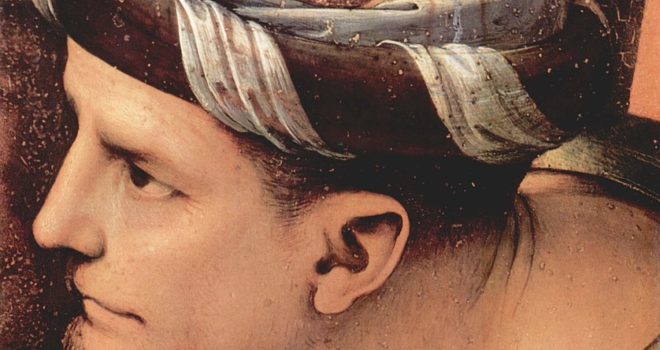St. Joseph of Arimathea was a wealthy and influential member of the Jewish council (Sanhedrin) who secretly followed Jesus. After the crucifixion, while many disciples were afraid to act, Joseph courageously approached Pontius Pilate to request Jesus’ body. He provided his own new tomb for Jesus’ burial, ensuring that Christ was laid to rest with dignity. His act of generosity and devotion, despite possible repercussions, demonstrated deep faith and reverence. Though little is known about his later life, tradition holds that he continued to spread the Gospel, with some legends even placing him in Britain as an early evangelist.
Practical Lessons:
- Do the Right Thing, Even When It’s Hard: Joseph risked his reputation and safety to ensure Jesus received a proper burial. In modern life, this could mean standing up for someone being treated unfairly at work, defending a friend in need, or speaking up when you see wrongdoing.
- Use Your Resources to Help Others: Joseph didn’t just believe in Jesus—he acted, using his own tomb for Christ’s burial. Look at your own life and see what you can share—a meal, a ride, your time—to assist someone who needs it.
- Faith Should Lead to Action: He didn’t just mourn Jesus—he stepped forward and did what he could. Instead of waiting for someone else to take action, find ways to help in your church or community, whether that’s volunteering, donating, or supporting those in crisis.
Prayer:
St. Joseph of Arimathea, you showed great courage and love by honoring Jesus even in His death. Pray for us, that we may have the strength to do what is right, even when it is difficult. Help us to be generous with what we have and to take action when we see a need. May we, like you, always show reverence for Christ in all we do. Amen.
Quote:
“Let us not hesitate to serve Christ with what we have, for He has given us everything.” — St. Joseph of Arimathea
Other Saints We Remember Today
- St. Gundleus (Woolo) (5th Century), Welsh Prince, later a hermit, Husband of St. Gladys and Father of St. Cadoc.
image: Pietro Perugino, Public domain, via Wikimedia Commons


